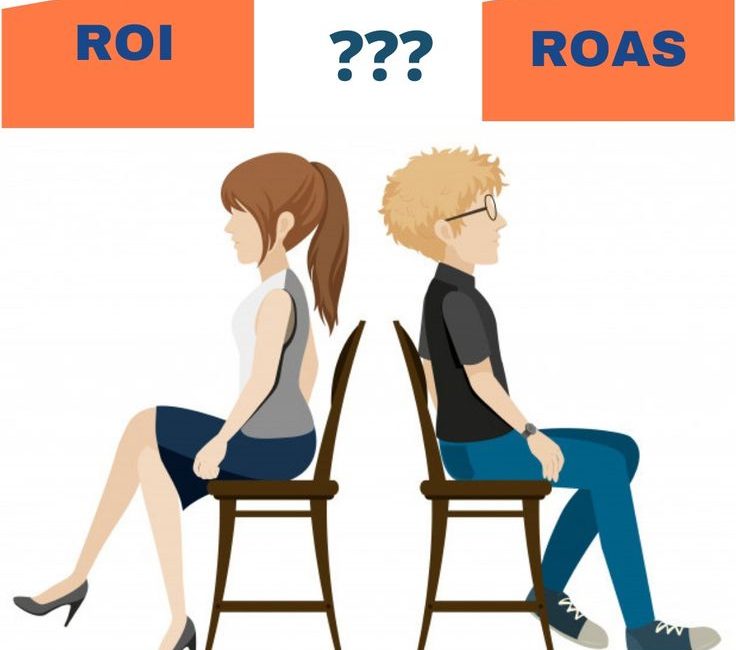ROI and ROAS are different
ROI is Return on Investment. Overall investments of people, equipment, overhead and other expenses are included. ROAS is Return on Ad Spend. Spend with the ad platforms is measured to determine if your campaigns are profitable on an ad spend basis alone. That’s the basic way ROI and ROAS are different.
Both are valuable to measure performance and achieve success. But each has a specific time, place and purpose when they are best used.
Here are 7 ways ROI and ROAs are different. And when to use which.
1. Calculations are different
Let’s start with an obvious difference. ROI = (Return – Investment)/Investment. This calculation evaluates the revenue or profit of an overall investment. Many different types of investments are included. And the calculation may be used to compare several different investment opportunities. Often, before the investment occurs to choose the best one. ROAS = Revenue from Ads/Cost of Ads. It measures a singular investment made in a very specific area. While there may be a goal or norm in mind before the investment is made, evaluation begins after the investment is made.
2. ROI is a much bigger investment than ROAS
Because ROI includes investment in several areas. For example, marketing, promotion, incentives, people, operating costs and overhead, it is a bigger investment than ROAS that just include ad spend and is relatively much smaller.
3. ROI proves greater management skill than ROAS
ROI receives such great attention because it is the ultimate measurement for financial accountability and good management. ROAS is also a very valuable measurement. However, it is just related to advertising investments.
4. There are very different timeframes for measuring results
ROAS can be determined in as little as a matter of weeks. That’s because it is based on a singular event like a digital ad buy in Google Ads or Facebook Ads where results are known very quickly. ROI can take up to a couple of years. That’s because there may be infrastructure changes that first have to occur, and awareness that has be generated. Even with these improvements, the customer buying cycle can take months before returns start occurring.
5. ROAS should be applied early and often. ROI is set for a pre-determined course
Because ROAS is based on an advertising buy and specific creative, ROAS can and should be applied to each medium (TV, Radio, Digital), source (Google Ads, Facebook ads) and specific creative campaigns. Ideally, every advertising element should have an ROAS. By comparison, ROI includes many investments compiled together. Progress may be measured regularly, and actions taken as needed. But a course is set at the beginning. With a goal to occur at the end.
6. ROAS often looks at several key metrics; ROI has one specific financial goal
Even though ROAS is much simpler to obtain, there are often other key metrics that come into play like conversion rate, cost/conversion, and cost per click. ROI may be tougher to measure. However, the result is a singular measurement. What is the return to the bottom line? And how much does it cost?
7. ROI and ROAS are not mutually exclusive
Although ROI and ROAS are different, both should be used. That’s because both required investments. And investments require evaluation. More important, the use of both do a much better job of keeping the business strategy on track. And success is much for likely if both are used.
Does this explain how ROI and ROAS are different to you? And the value of both for your business?






Rob – This is great stuff – I think I understand – but your article makes it SO much clearer. Thanks! – Rich
Thanks, Rich. Glad it was helpful. Rob